Pottery – Basics of How the Potters Wheel Works

Purchase page for Vevor Potters wheel
In pottery, a potter’s wheel is an instrument used in the exciting process of moulding round shaped ceramic wares. The wheel is also used for applying rings of colour or incised decorations to pieces of ceramic art, and during the manufacturing process for removing excess clay body from prepared pottery pieces. The variety of materials that can be moulded on a potter’s wheel range from glass, clay, metal, or plastic. Besides, there are specialized designs for making bowls, vases, tumblers, figurines, dishes, and numerous other objects.
If you are a potter and have not yet had a chance to try out your skills with a potter’s wheel, then now is the time to get one! You can buy UK potters wheel online from several companies. While there are certainly cheaper options available, it is often better to have a professional potter explain the various functions of a wheel to you, so that you understand the essential functions and any potential drawbacks in a purchase.
The potter’s wheel was developed around 1200 BC in China and was refined in China and Egypt over the years.
It was introduced to the West through the Middle Ages in Italy. The potter’s wheel has been adapted to various shapes through the ages, such as those with four or seven wheels.
It was Thomas Jefferson who is credited with the first use of this device in America. He was among the early American potters to draw a figure of liberty on his pottery with his new invention. It was also after the French revolution that the wheel became popular in Europe.
A potter uses a combination of his hands and his fire to heat the raw materials needed for pottery production, such as clay. This is usually achieved by a slow and gentle heating process known as firing. This process, which can take up to three days to complete, creates a hard, rigid surface upon which the pottery artist can work. After this stage, the pottery is ready to be glazed.
During the firing stage of pottery creation, the potter uses different types of glazes with varying temperatures to produce other effects.
These effects range from a darkening of the piece to giving it a Matt finish. In older works, sometimes only one glaze is used, while more recently glazes are employed to produce a wide array of effects. After the firing stage, the pottery is ready to be decorated.
Potters create their pottery pieces by using their hands and a firing mechanism, which is very similar to that used by artists who create statues and other artworks. Although the potter does not use his hands in crafting his pottery masterpieces, he still uses his hand in some way, such as pouring the clay body into the kiln or lifting and moving the clay body on the potter’s wheel.
The potter also uses his body to hold the clay body in place on the wheel. Potters make their pots more attractive by decorating them. Pottery artists can beautify their pottery creations by adding decorations such as mugs, figurines and even books about their pottery techniques.
Hand Spun Equipment Examples below
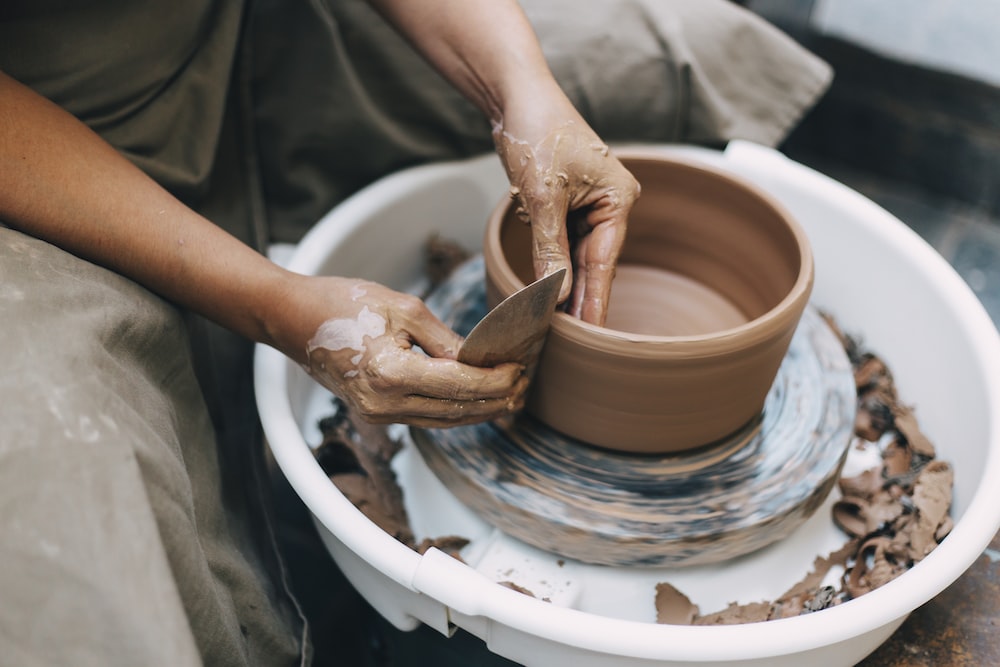
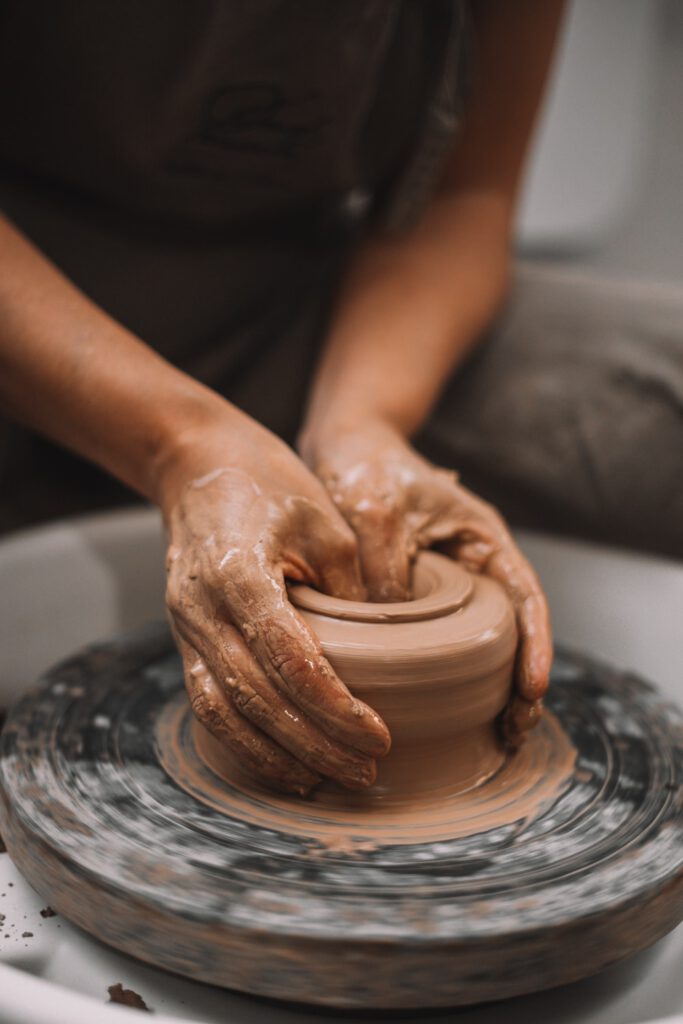
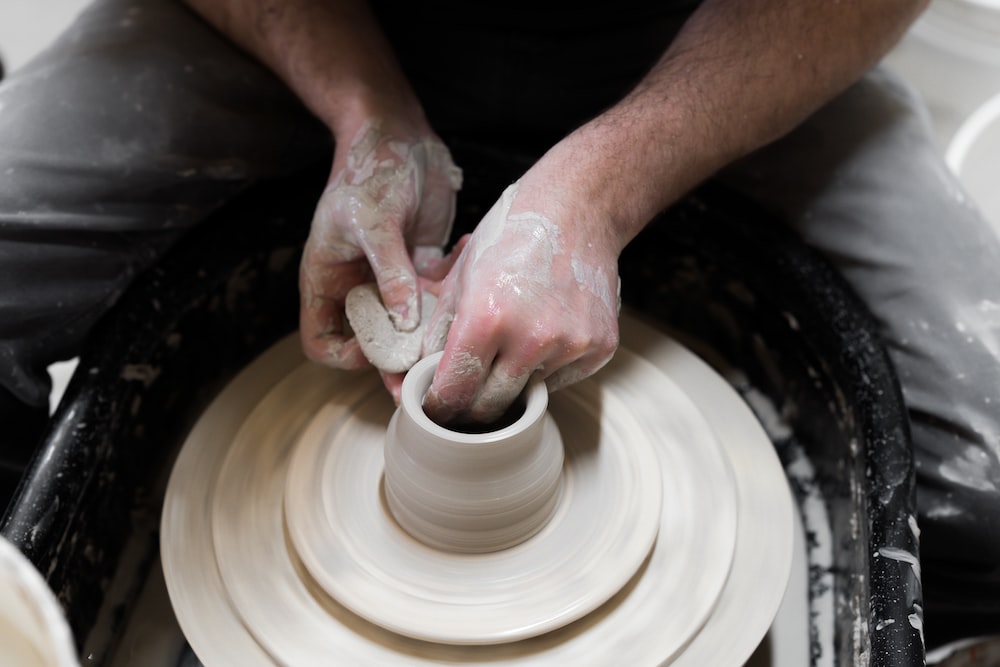
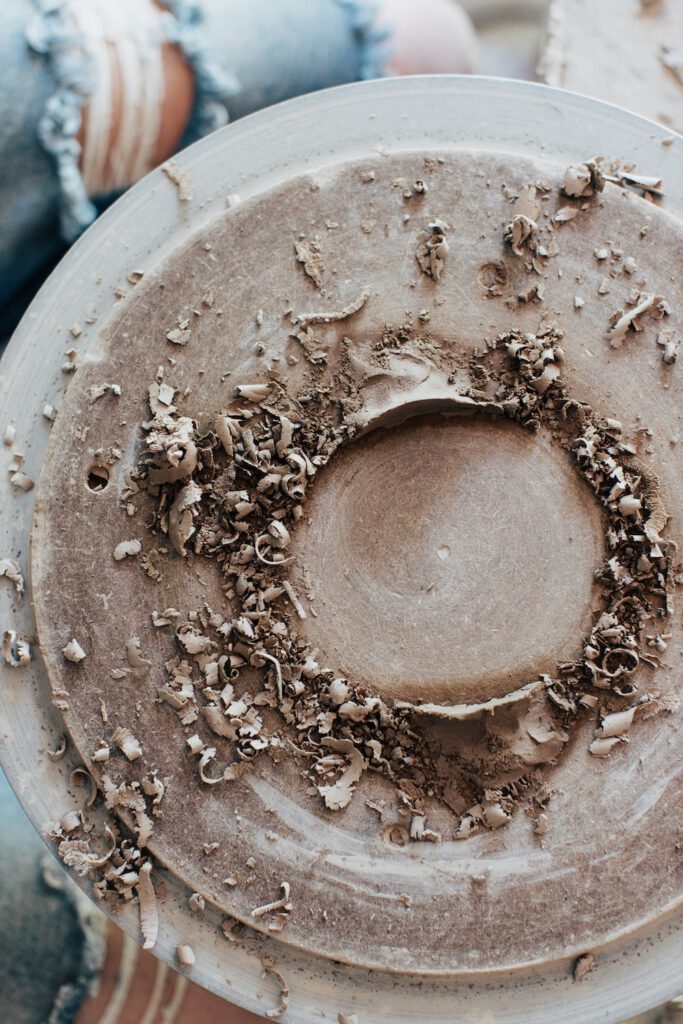
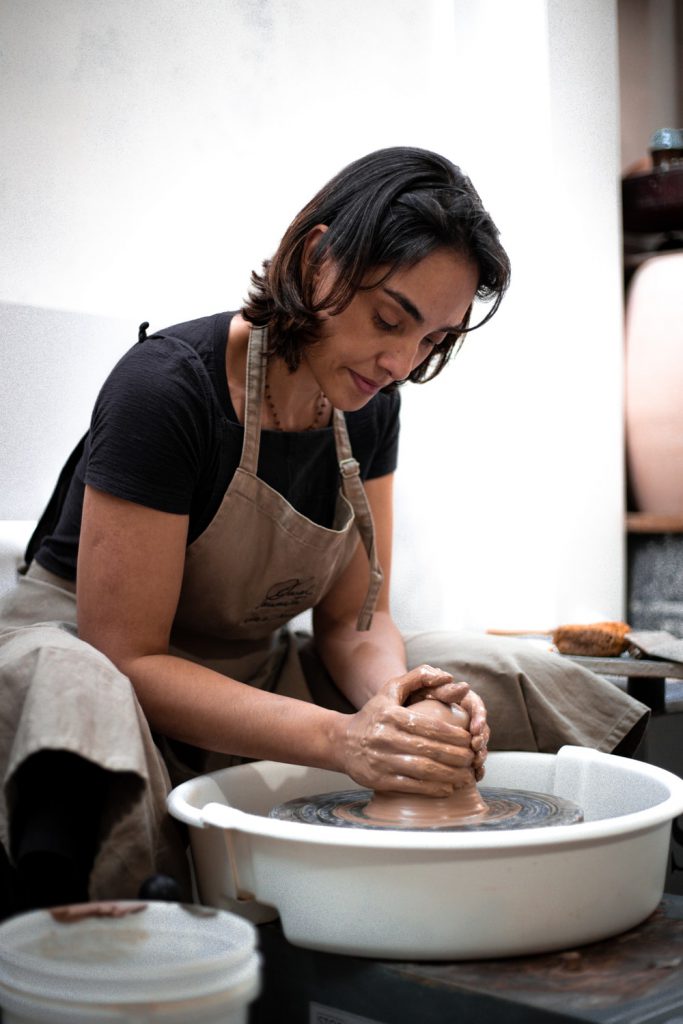
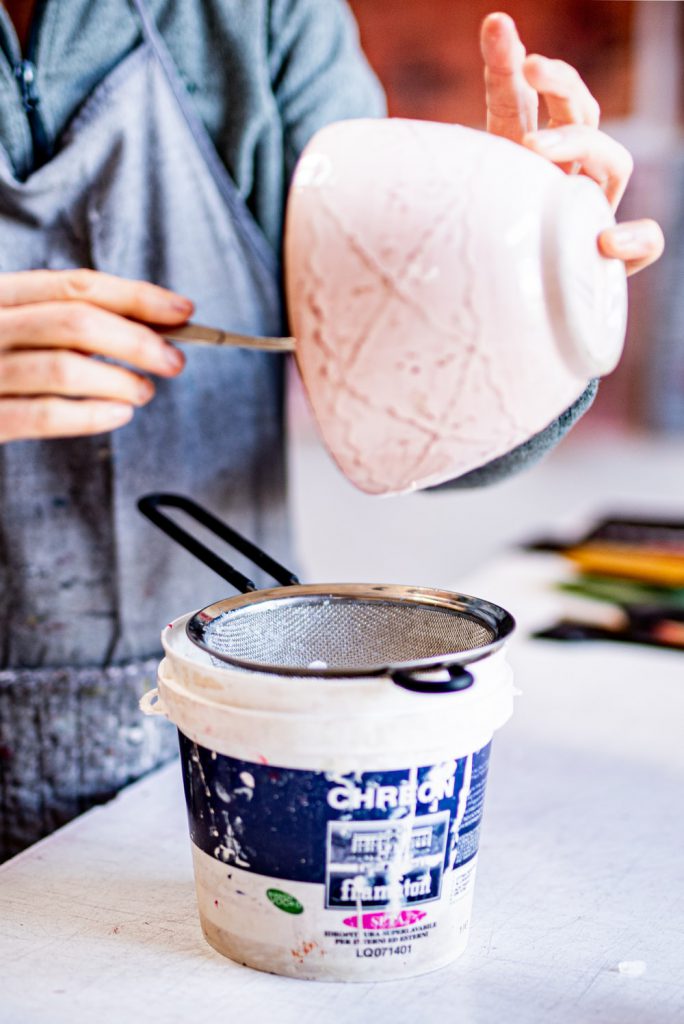
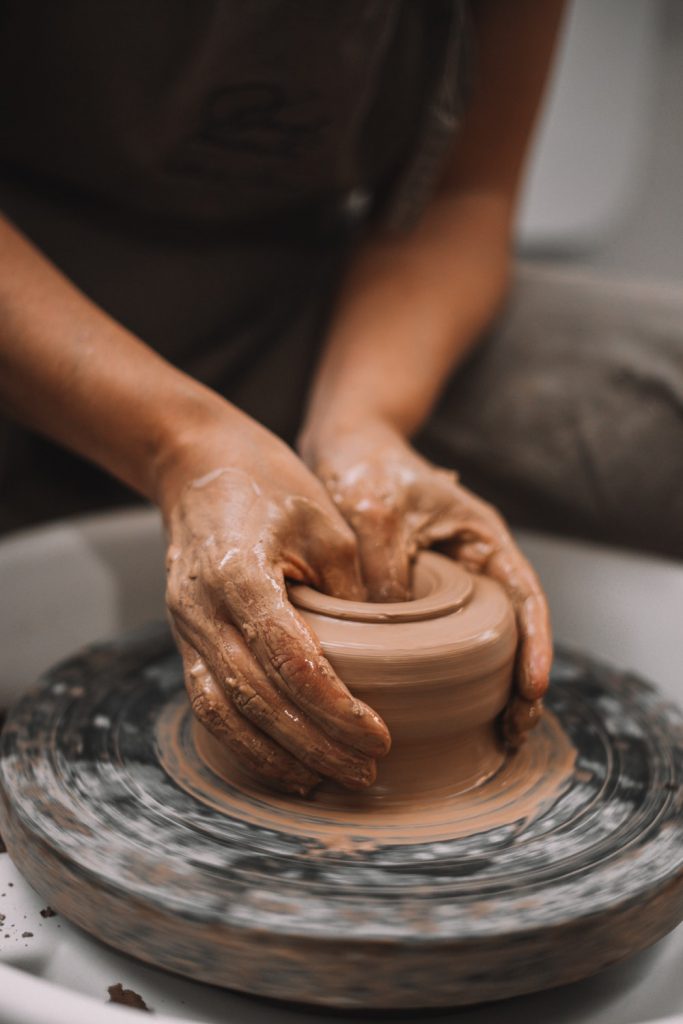
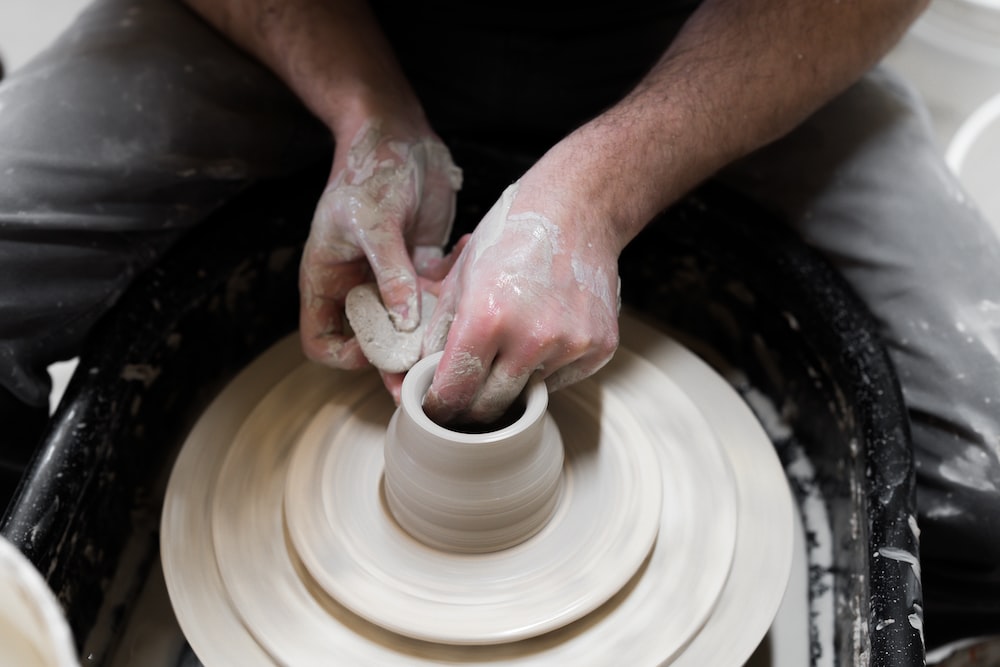
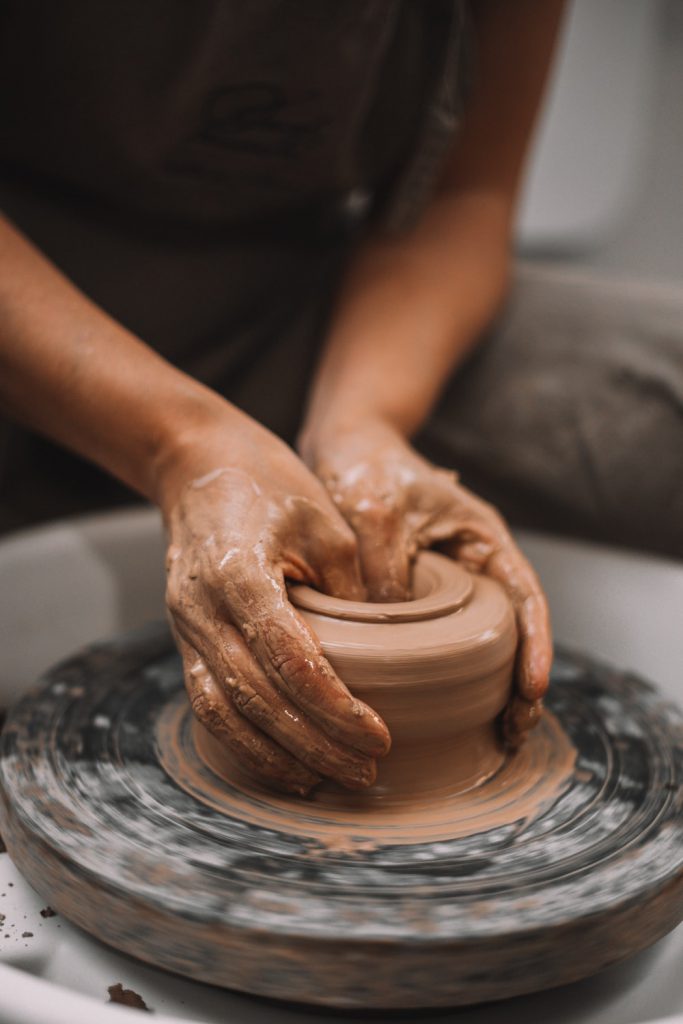
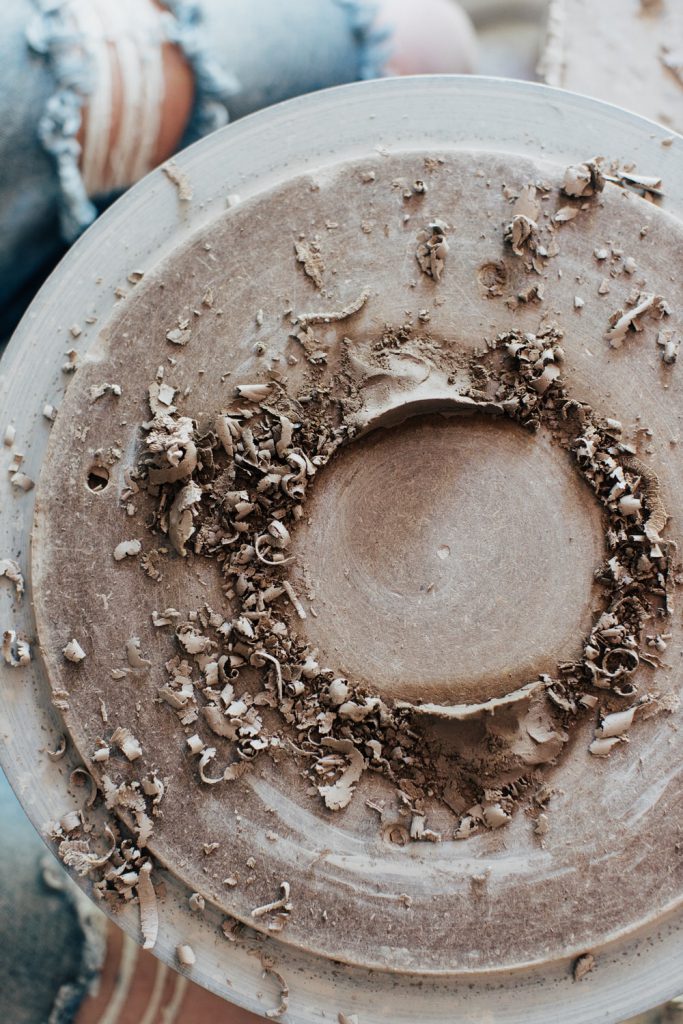
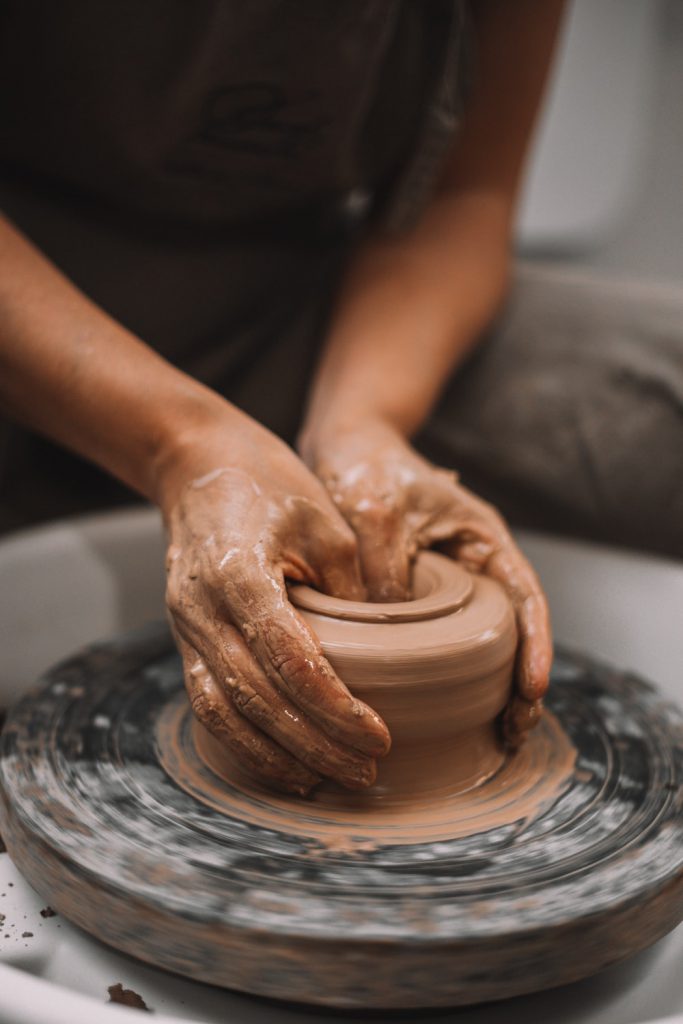
Picking the Best Wheels for Beginners
Between the great pottery, throwdown becoming a worldwide success, this little pottery wheel machine has suddenly become quite popular, and people just want to start a new hobby. The budget price and small apartment size are also a reason these little wheels are popular. Follow along as I help you with your decision to purchase or not.
I use the Shimpo electric pottery wheel UK, but knowing some of you might be on a limited budget or you may not have access to local pottery classes, or you may just want a pottery wheel without the hefty priceI’ll run you through some tests and give you the positives and negatives of this little guy, so follow along as I give you an overview of the sky towel specifics and see if you may consider it last, but not least,
I will turn it on for the very first time and make a small bowl. All the supplies used are listed for you below. Let’s take a closer look at this baby. This sky towel pottery machine is 14 inches high with the splash pan on it comes with six plastic carving tools and a sponge and four metal carving tools. You have to adjust the feet until your wheel is level.
This sky towel pottery machine is 14 inches high with the splash pan on it comes with six plastic carving tools and a sponge and four metal carving tools. You have to adjust the feet until your wheel is level. You can set it on a stand or a table of some kind for the correct height. I’ll be standing, so this table is very sturdy. The shell is made of sheet metal, and the wheel head is aluminium alloy.
It’s 9.8 inches across, which is close to 10 inches across, which is pretty good. The average size wheel head is 12 to 14 inches across the motor is 350 watts which are close to half a horsepower the intermediate, full-size pottery wheel has one-third to a total horsepower the rotary speed goes up to 300 RPMs the average for a full-size wheel is around 250 RPMs it doesn’t say how much clay the wheel can handle.
I just got it, so I haven’t been able to test it out. You most likely won’t be throwing over 25 pounds on this wheel. It has no bat pins, but if you’re handy, or you know someone that is, you can drill some in the wheel head that goes both clockwise and counterclockwise. An option that’s not always found on some full-size wheels is always to let the wheels stop completely before changing direction. The splash pen is removable, which is a plus. Some pottery wheel splash pans are not removable, or they’re hard to remove. There’s a small-fixed foot pedal with the hand lever that gives you two options to regulate the speed. Let’s take this little baby for a test drive.
Turn it on, and I’m going counterclockwise. So I’ll put it forward. The motor’s quiet, especially at the lower speed, little noise at the higher speed, but that’s normal. The speed control is smooth, and the lever is really handy. I do feel a little thumping. Let’s test her out. I have a pound of Amoco number 11, a mix of stoneware white clay. Let’s see how it takes the pressure of centering turn splash pan works well. It doesn’t lag at all when I’m putting pressure on the clay that’s perfect, and it’s centered well it doesn’t hold that much water in the little pan. You may want to put a little bucket right here. Let’s see how well it throws. So pretty good so far.
If you have any questions, feel free to post them down below. All comments are welcome. Stop my little wheel. This is handy. That’s good, it does get a little messy when you have to adjust the speed, but that’s okay. You can clean that up. What doesn’t get messy when you’re working with clay? You can hit the like button anytime and share with someone you know that may be interested in a small wheel like this. My little bowl turned out pretty good, I like this little machine; I think it’ll come in pretty handy. I think this wheel will also be good for spray glazing and applying slip.
Let’s see how she cleans up; I can just pour the water out into a bucket. The splash pan cleans up pretty well, all in all; this is a pretty good pottery wheel machine. My gift and grip even fit on the wheel today. You just found out that learning to throw on the wheel just got a little less expensive. If you’re thinking of trying out this great relaxing hobby, one of these little guys might be for you.
The sky towel has quite a few options that are also found on full-size wheels that are pretty impressive for the price. As I demonstrated, you can make a small bowl quick and easy, just as I do on the full-size wheel. This pottery wheel machine is good for beginner potters on a budget. Possibly a second wheel that you can use for making small items trimming, spray glazing and decorating. Think of it as a banding wheel with controlled power.